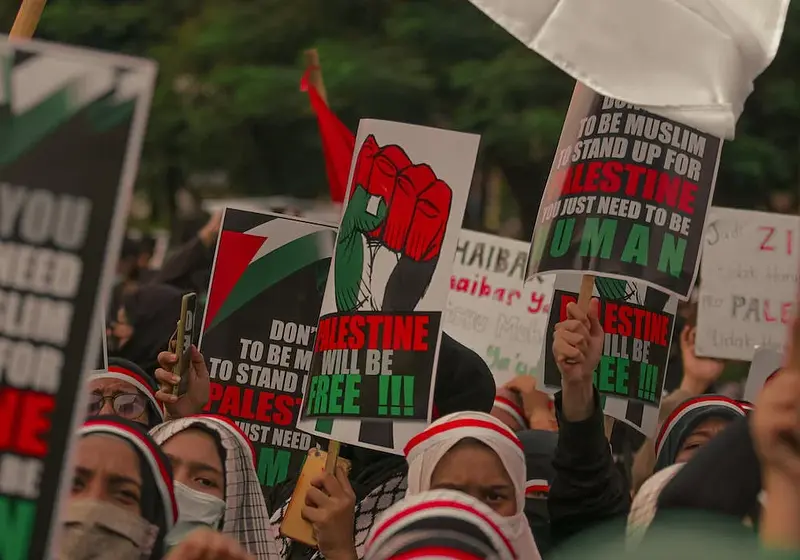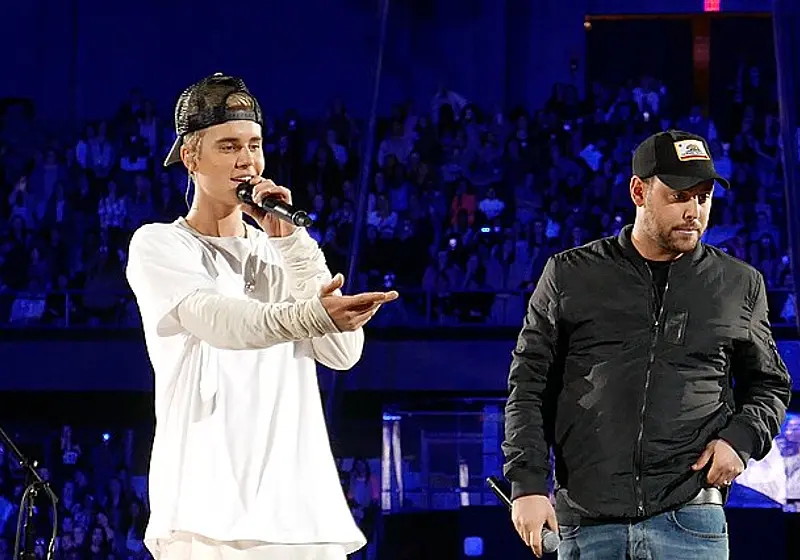This summer, my Instagram feed was flooded with posts promoting the Black Lives Matter movement. Yet, a week later, my feed was back to normal and the BLM movement was no longer at the forefront of people’s social media feeds. This was appalling to me.
I believed that if people truly cared about social justice and were dedicated and passionate about helping others, then they would continue to post after the initial social media surge in content. I began to wonder if my friends genuinely cared about this current social justice issue or if they were only posting these photos to be part of the current trend. I wondered if these genuine movements were reduced to trends, amplified by the use of social networks.
Mixed motives
When a social justice trend begins, everyone wants to be a part of it because one’s reputation is at stake. Thus, when BLM was trending, many teens likely posted social justice photos to be like everyone else, rather than out of their passion for racial injustice. While their motives may not be the most honorable, the fact that they shared these posts does actually raise awareness and can help affect change. In the case of George Floyd, social media trends helped to raise over approximately 14 million dollars.
And George Floyd’s murder was not the first of its kind. Breonna Taylor was murdered by police only weeks before, and her death did not prompt a national trend for justice. One explanation for the disparity between the way social media treated the two murders comes down to a recording.
In the case of George Floyd, someone recorded the murder. So, there was shocking content to share. This raises some important questions: Why are we so oriented towards the visual?
Why are words not enough? Was it right that so many people publicly shared a man’s death over and over on social media?
While I am sure there were teens who shared the video because they were outraged by the event and wanted people to witness the crime in the hopes that changes might be made, there were many more teens who likely shared the video because it was shocking, traumatic, or simply on trend.
Quantity over Quality
But voluminous posts often mean that a social cause quickly falls out of the mass mind. This is evidence of the lack of real commitment, to begin with. The issue with trending social causes is that real change requires the ability to sustain a fight, learn about a cause, and commit to making change over a long period of time. If every trending social issue, no matter how worthy of attention, remains ONLY a trend, then no significant or lasting change will be achieved.
While social media activism makes a big impact because of quantity, the quality of these posts range. When teenagers post the same compilation of quotes, not only do they bore people and reduce inspiration, they also expose their minimal engagement and lack of passion for these issues. While some may find recycled social justice posts interesting, the reality is that the users’ lack of effort makes sharing them ineffective in the long term, and do not lead to lasting solutions.
While many of these short term efforts lead to significant results, such as raising money and awareness, any cause needs people who are dedicated to the work for longer than a trend lasts. While teens may be using social media poorly, there are many positive ways in which social media can be used to further spread awareness and lead to reform for social justice.
A Social Media Shift
Instead of using pre-made quotes and photos, it would be much more meaningful if teenagers wrote their own messages, showing that they put time and effort into helping and supporting others. Teenagers can write to others personally through social media, making a positive impact on others while not looking for recognition for their actions. When posting a petition, explaining the significance and why one supports it, shows that a person might be participating because the cause is more than a trend.
This effort reflects a greater motive, which goes beyond the crowd affirming that a person thinks and cares, not just about the same things, but in the same manner. Setting one’s self apart by meaningfully engaging an issue is important if a person wants to commit to something for more than a week and make a long term, significant impact.
It is imperative for teenagers to contribute to social justice movements for reasons other than a trend or self-congratulatory feelings, as otherwise people will continue to be bored and uninspired. Unique posts are important because they encourage others to repost and continue being invested in a social issue, rather than bombarding other’s social feeds with fifty reposts of the same picture. If teenagers work together to post about social justice, not for any reason other than passion and support, social media will finally have a positive impact on the social justice movement.

















